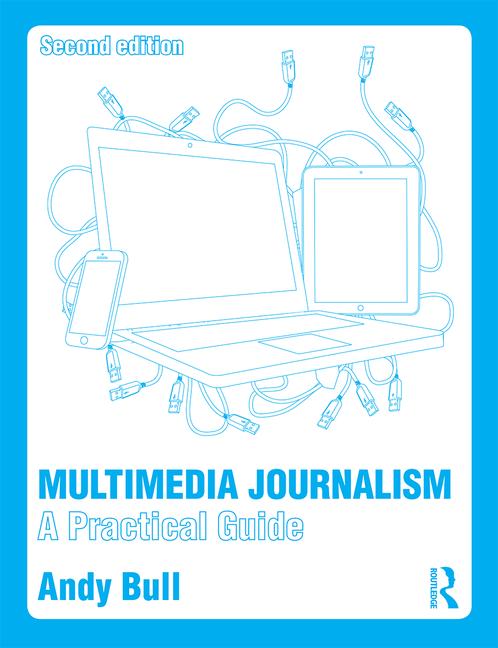There are two problems with Rupert Murdoch's announcement that he will charge for access to his companies' news sites in the US, Australia and the UK from next year.
They are: charging itself, and protecting your content if you do.
To charge for content it must be really distinctive, and exclusive. So you have to prevent others – from Google down to individual bloggers – from giving your material away for free. That horse bolted long ago, and there's no stable door lock that can't be picked.
General news is not distictive. With the BBC giving it away, no one is going to pay for it.
Murdoch said at the announcment: "The
Wall Street Journal‘s WSJ.com is the world’s most successful paid news site and we will be using our profitable experience there and the resulting unique skills throughout News Corp"
Paid Content points out the problem with that: "Not all News Corp news outlets are created equal. WSJ.com and its offshoots produce financial news and info for which a small group of people are willing to pay decent sums."
Then there is the problem of making content distinctive enough to be worth buying.
Adam Tamworth picks out this paragraph from
the BBC's report: “In order to stop readers from moving to the huge number of free news websites, Mr Murdoch said News Corp would simply make its content ‘better and differentiate it from other people’.”
As Adam comments: “The word 'simply' is doing an awful lot of work in that sentence."
To my mind, the only hope of getting readers to pay for content from The Times, Sunday Times, Sun and other Murdoch general audience sites to to make online access part of a subscrption that probably includes free delivery and big cuts from the cover price for newsagent sales, and a substantial range of other benefits and services.
Nothing new in that; it was part of the discussions we had when I edited the Times Online a decade ago. But will it work? I have my doubts, and tend to side with Vivian Schiller, former senior vice president and general manager of NYTimes.com, who said recently that charging for content is delusional.
Schiller told
Newsweek: “I am a staunch believer that people will not in large numbers pay for news content online. It's almost like there's mass delusion going on in the industry—They're saying we really really need it, that we didn't put up a pay wall 15 years ago, so let's do it now.
"In other words, they think that wanting it so badly will automatically actually change the behavior of the audience. The world doesn't work that way.
"Frankly, if all the news organizations locked pinkies, and said we're all going to put up a big fat pay wall, you know what, more traffic for us [at National Public Radio, where she now works]. News is a commodity; I'm sorry to say.”


